If you want to become a Christmas tree expert in ten minutes, I’ve pulled together all my favourite tips.
We’re going to make sure that your tree not only looks good but stays looking good throughout the Christmas holidays.
Favourite varietrees
We buy over 7 million UK-grown Christmas trees every year. Of these, the Nordmann and the Norway spruce are the two most popular. Nordmann trees are quite dense, with lovely green on the upper side of the leaf and silver on the bottom. They take longer to grow (and so tend to be more expensive), but they do hold onto their needles to stay looking fuller for longer.
The other favourite, the Norway spruce, has a fantastically festive fragrance—that’s the main benefit of these trees. But not only do you get the scent of Christmas, they’re also dense trees that have slim branches to easily hang decorations on. As they’re quick to grow, they tend to be cheaper to buy but keep in mind that you will get some needle drop.
Best of buying
Making sure that you’ve chosen the right tree and knowing how to care for them inside the home is essential.
My top tip is to never buy a tree that’s pre-netted, always unwrap it and make sure the shape is right for your room. Sometimes people selling them in nets are trying to hide an imperfect tree.
Always check the stump too.
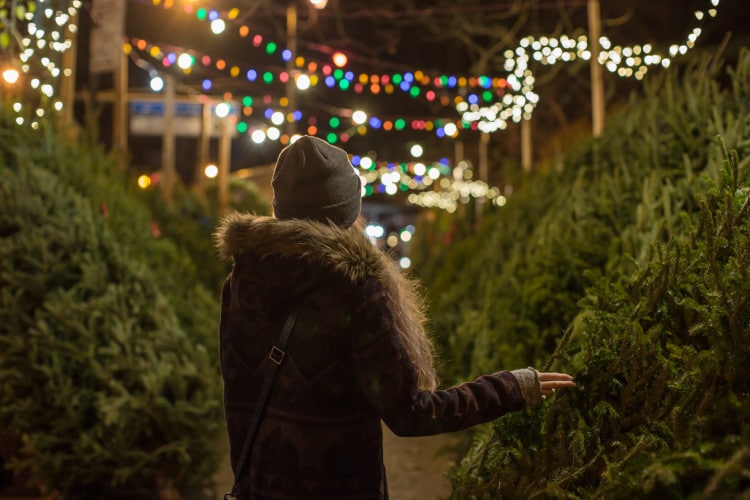
A longer stump will fit in the stand nice and easily without having to chop the lower branches away. If stuck between two trees, go by weight. The heavier the tree the more water content and the fresher it’ll look.
Measure up the height and width of the space before going tree shopping and consider the height of the stand too—or you’ll get the tree home and it will no longer fit.
Whatever you do, make sure you buy from a credible retailer. A local farm or a garden centre will guarantee a tree that’ll last. Buying them locally or labelled ‘grown in Britain’ means that you know you’re getting the very best. Don’t delay in getting down there either; all trees are felled at the same time, so putting off buying it just means it’s been foregoing water for longer.
Don’t fir-get
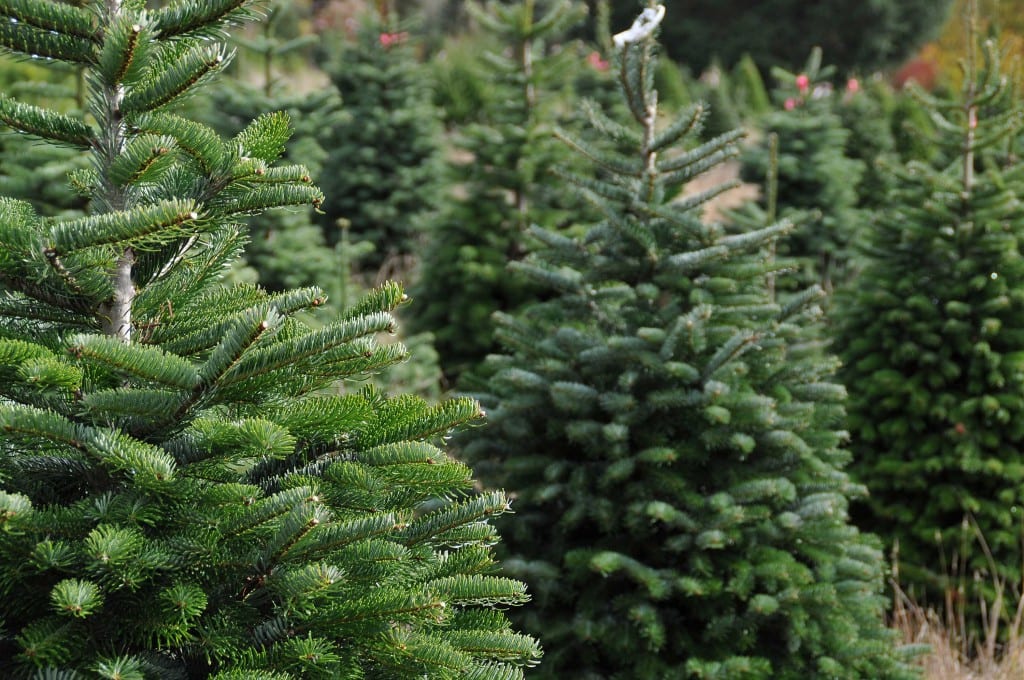
Once you’ve bought your tree, if you don’t plan to take it into the house quite yet and you want to leave it in the garden until you’re ready, do take it out of the net. Otherwise, the branches become tightly packed and it can take a while for them to get back to normal shape.
The stump at the end is already sealed over, it’s been a while since it was cut. The best thing for you to do is to cut a section off the bottom of the stump and then put it into the stand—preferably one that holds water because this tree will still be drinking water to remain fresh, just like cut flowers do in the vase.
Remember that Christmas trees are outdoor plants first. If suddenly it’s moved into a hot environment, it will struggle. Positioning them away from heat sources, like radiator and fires, will keep them looking lush. And of course, you should never put a tree need an open fire. With your new tree situated where you want it, place some wrapping paper or some other protective layer at the base to save your carpet from potential sap drippings.
When decorating your tree, know that the old incandescent sets of lights you used to buy warm up the longer they’re left on, and in turn, can dry the foliage—LEDs are cooler and much more energy efficient.
Rooting for you
Now, if you bought your Christmas tree in a pot, it’s best to go and buy a cheap bucket and put the tree in it to water inside your home throughout the Christmas period, else the water will dribble out over your carpet.
To make that bucket a little more festive, use wrapping paper, gold paint or even tinsel, so it looks good as well as being functional.
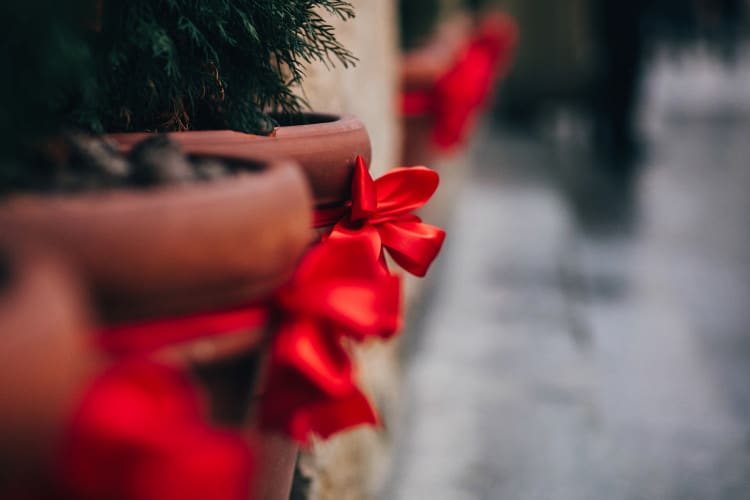
A big tip is that there is a difference between pot-grown and potted up.
Ones that have been potted up have been grown in a field, the roots dug up and then containerised with damaged root systems. Pot-grown trees have been container grown from a seed and then potted on like you would any other plants in containers—this means they’ll have good root systems.
Specimens with healthy roots can be acclimatised in a garage, so they get used to being cold, and then planted out in the garden. Keep them well watered throughout summer and they’ll become a permanent garden fixture to hang outdoor lights every year.
Whichever form your Christmas tree takes this year, now you know how to keep it looking tip-top, you’ll be in for a truly foliage-fantastic family Christmas.
Happy tree buying everyone!
Tip:
Seaweed contains plant nutrients
such as potassium, nitrogen and magnesium.
Use dried seaweed as mulch to improve soil
quality or buy seaweed fertiliser.
Reader questions
My magnolia shrub is in an unprotected position, can move it?
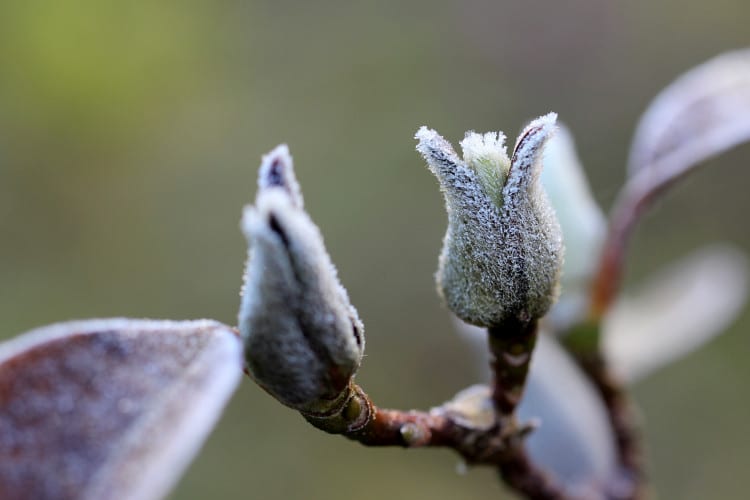
Generally, it should be okay, deciduous varieties are hardy. Also, magnolias tend to be tricky to move as they don’t like root disturbance. If you do choose to re-site, transplanting trees or shrubs is best done before they’re a couple years old. But I’d try building a windbreak to keep the plant protected instead.
Is it really necessary to heat my greenhouse over winter?
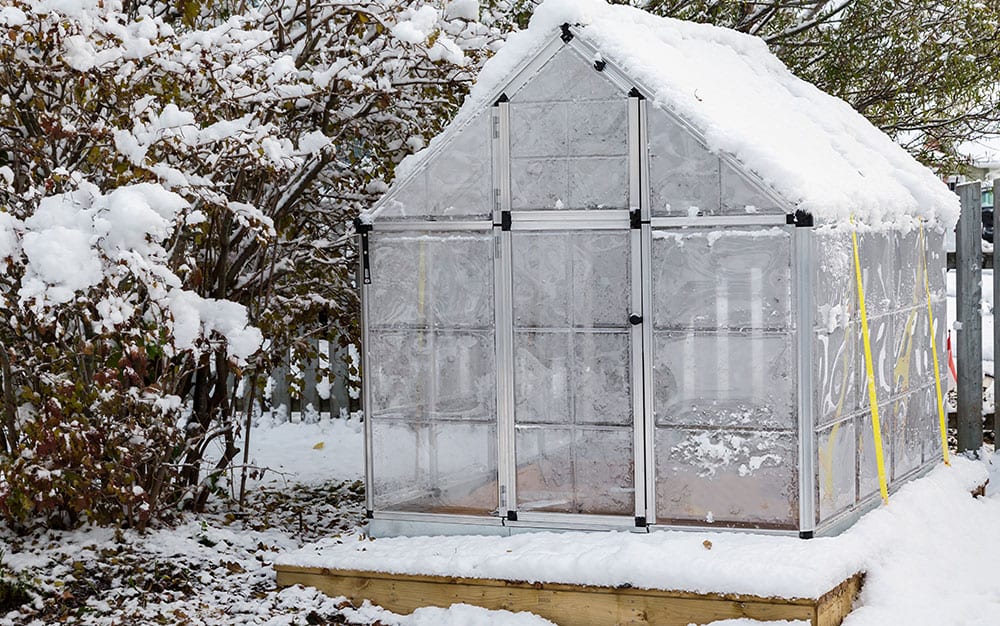
You can set up heating for your greenhouse, but better yet, keep costs down by insulating it. Start by sealing cracks. You can use a transparent silicone sealant, but the material should be flexible else a strong wind could cause damage. A layer of bubble polythene can help too but will cut out around 10% of light.
David Domoney is a Chartered Horticulturalist, Broadcaster, and Author. David has worked with a number of the UK’s leading garden retailers as a plant buyer and strategic consultant. With more than 30 years experience, in horticulture, David is as passionate about plants now as he was when he bought his first plant at a village fete.

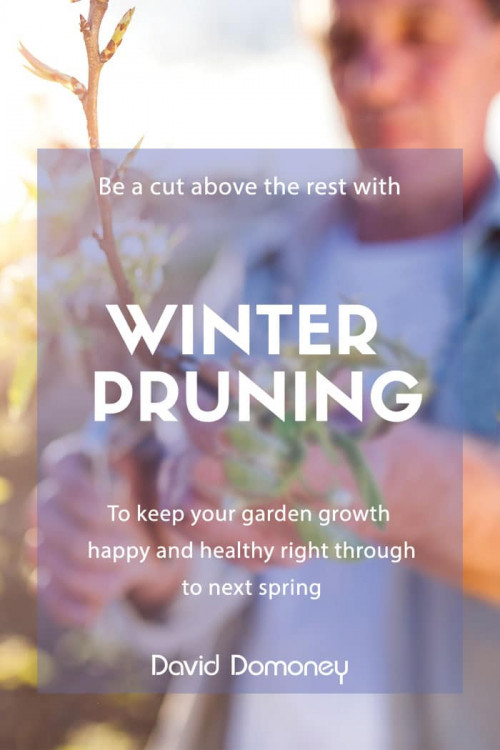


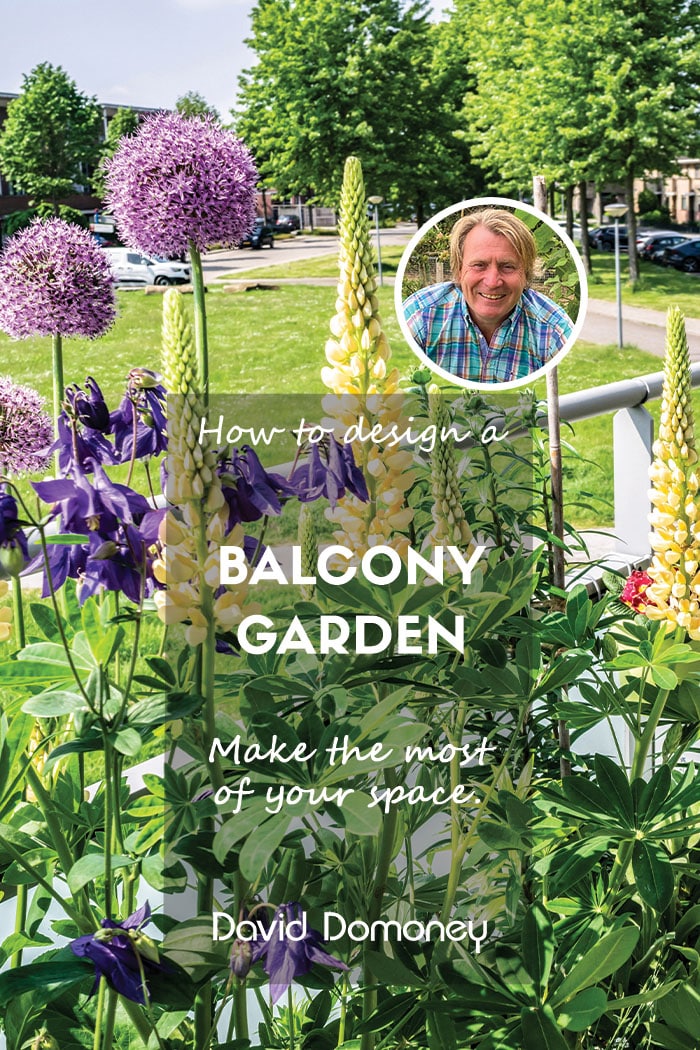
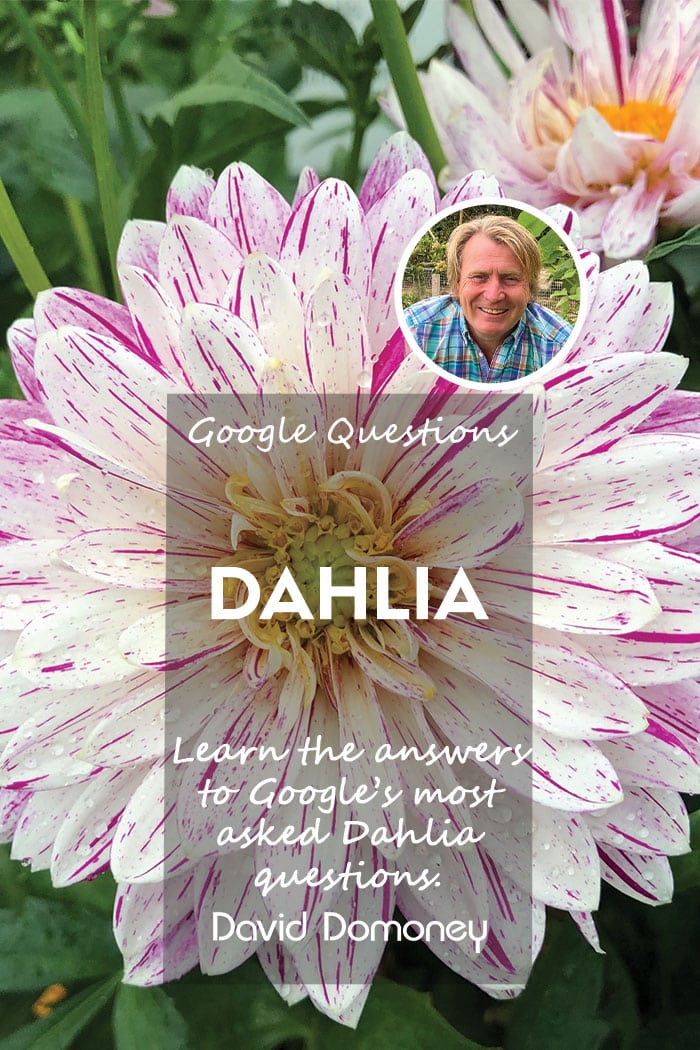

Leave A Comment